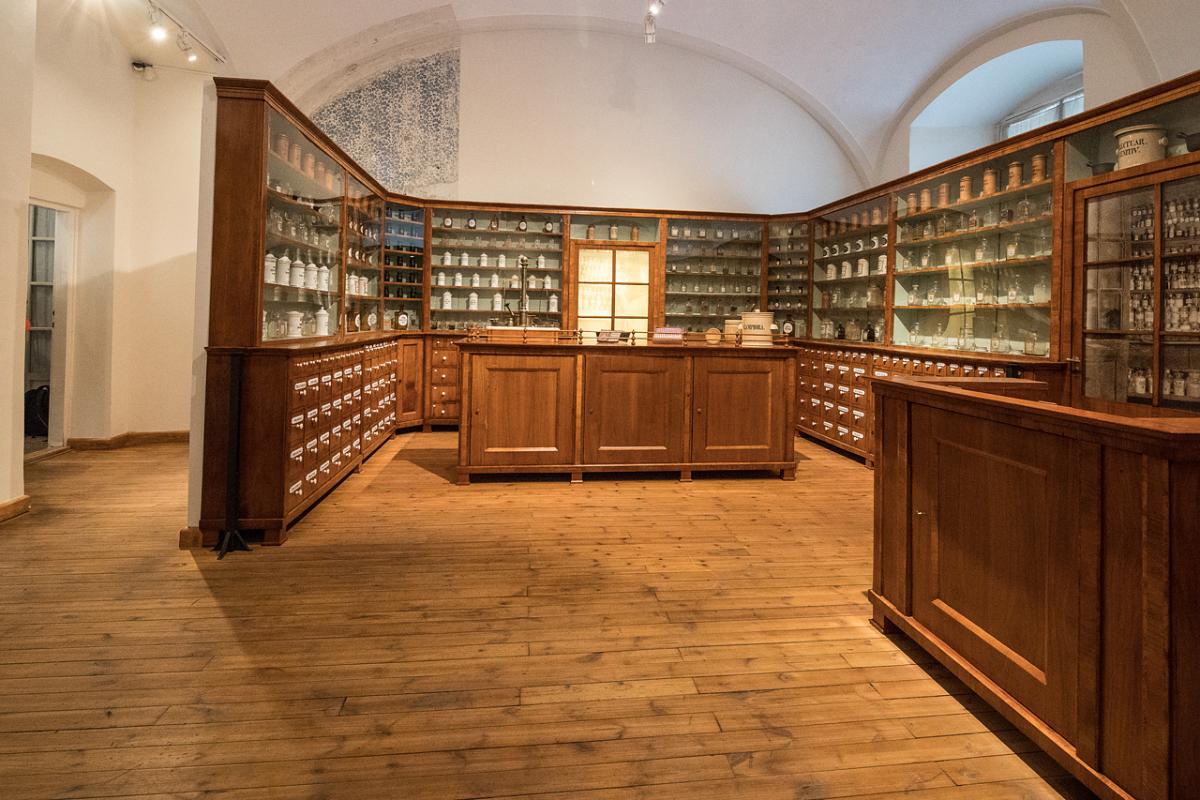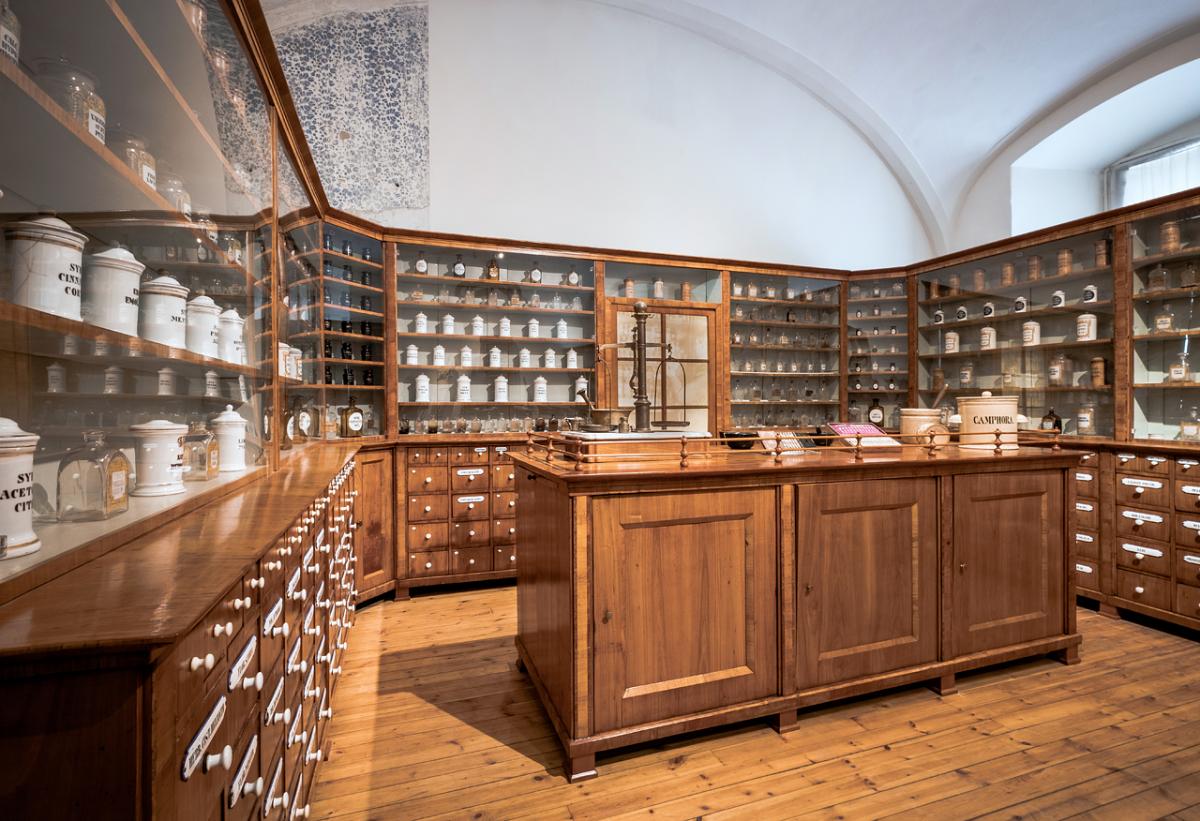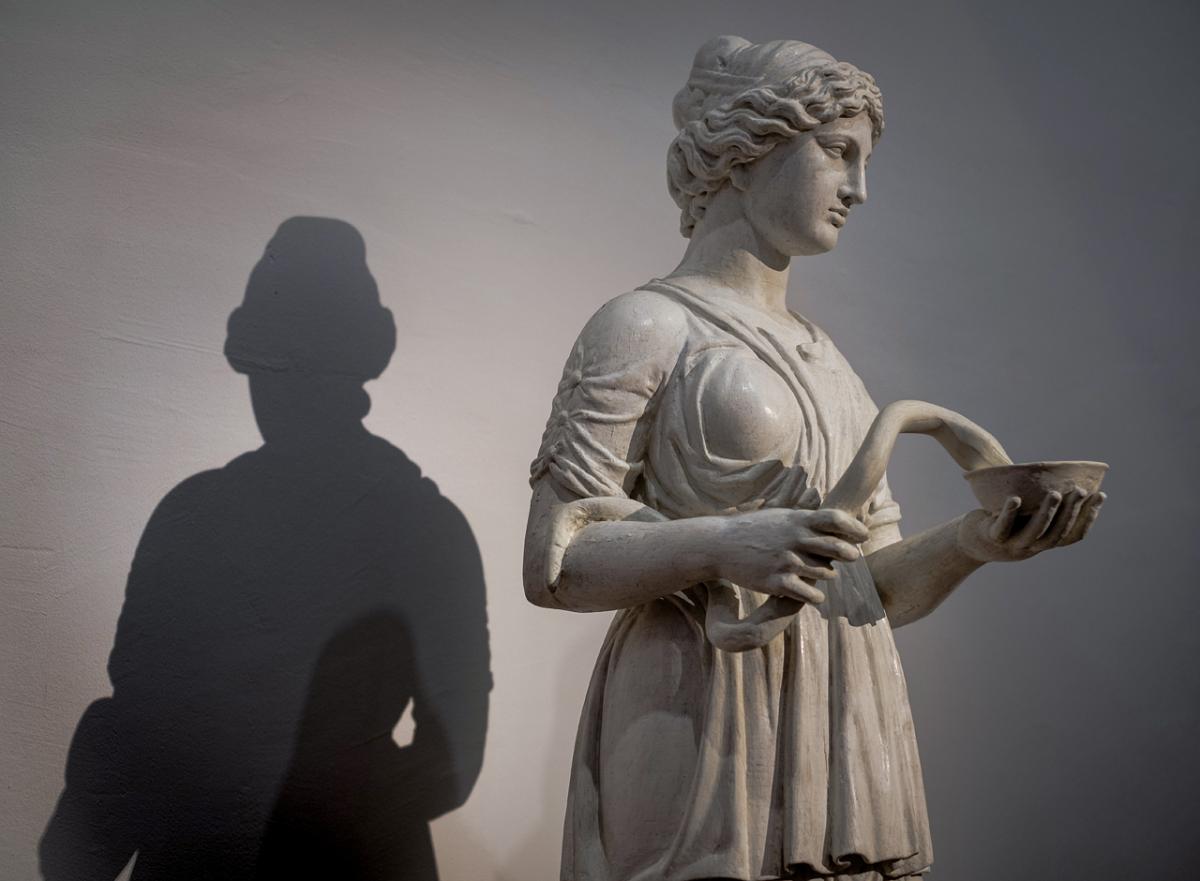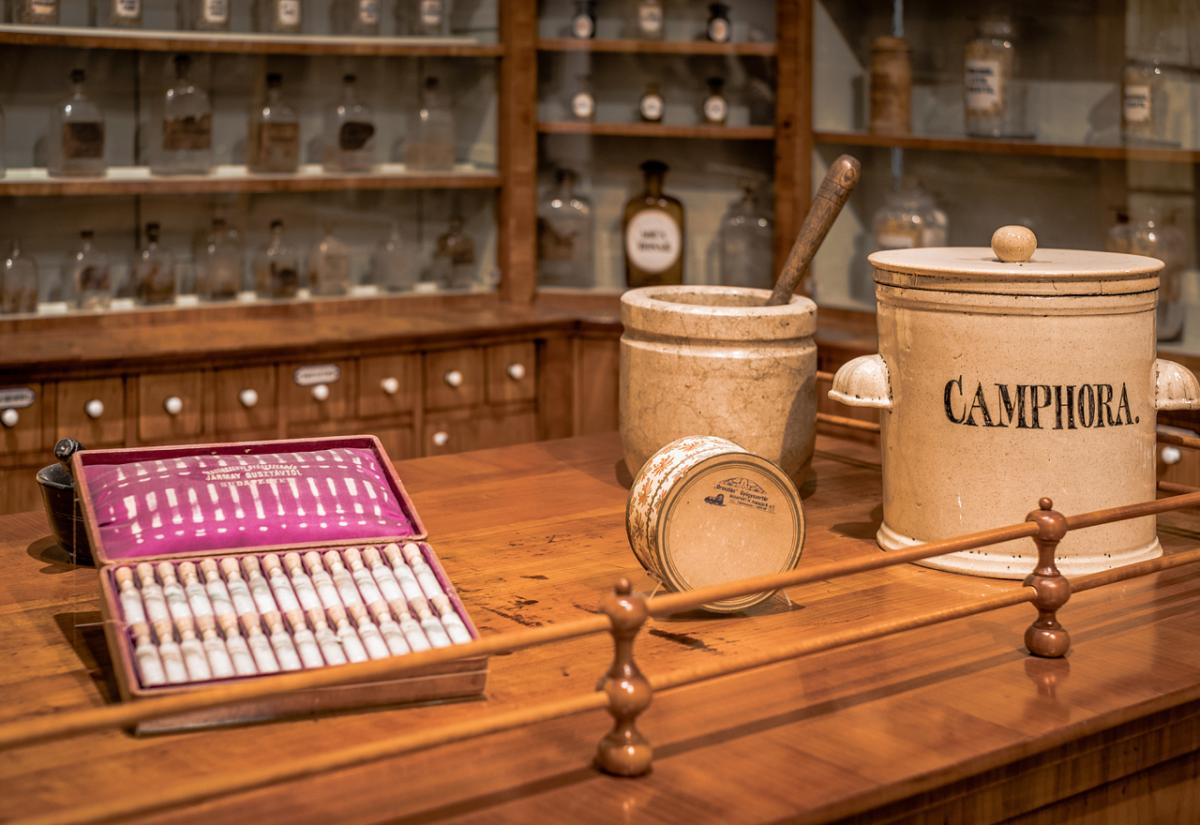- Visitor information
- About us
- Exhibitions
- Temporary Exhibitions
- Permanent Exhibitions
- Past Exhibitions
- 2024/2025 - Life with Honey
- 2024/2025 - WANDERINGS - Lili Ország in Kiscell
- 2024 - Light & City
- 2022 - Gábor Gerhes: THE ATLAS
- 2019/2020 - Shine! - Fashion and Glamour
- 2019 - 1971 – Parallel Nonsynchronism
- 2018 – Your Turn!
- 2018 – Still Life
- 2017 – LAMP!
- 2017 – Tamás Zankó
- 2017 – Separate Ways
- 2017 – Giovanni Hajnal
- 2017 – Image Schema
- 2017 – Miklós Szüts
- 2016 – "Notes: Wartime"
- 2016 – #moszkvater
- 2015 – Corpse in the Basket-Trunk
- 2015 – PAPERwork
- 2015 – Doll Exhibition
- 2014 – Budapest Opera House
- 2013 – Wrap Art
- 2012 – Street Fashion Museum
- 2012 – Riding the Waves
- 2012 – Buda–Pest Horizon
- 2011 – The Modern Flat, 1960
- 2010 – FreeCikli
- 2008 – Drawing Lecture on the Roof
- 2008 – Fashion and Tradition
- 2004 – Mariazell and Hungary
- Virtual museum
- What's happening?
The Golden Lion Apothecary
Category:
The Golden Lion Apothecary was founded in Pest by pharmacist József Landerer of Pozsony in 1794, close to the former Kecskeméti Gate. Its later owner Samu Petz moved it to its final location at the corner of Papnövelde and Veress Pálné streets in 1810. The Biedermeier furniture was made in the 1830s, perhaps in 1836 when the shop was taken over from the widow of Petz by József Jurenák. In 1841, the owner of the storied building at no.2 Szeminárium (today Papnövelde) Street, Károly Ráth had it rebuilt to József Hild’s design visible today, but the reconstruction did not affect the certainly completed furnishing. The chemist’s shop was on the ground floor of the Veress Pálné street side of the building, under the arcade added in the 1970s.
In 1845 the shop went into the hands of Gusztáv Jármay, who also kept homeopathic goods. His son Gyula Jármay continued the business. Their most famous product was Jármay’s miraculous thoracic tea, actually an expectorant for coughing, hoarseness and catarrh. The exhibited hand-painted glass jars adorned with a golden lion’s head were ordered by the Jármay family. The double profile of orthodox and homeopathic medicines was kept by the last owner of the shop Pál S. Szentpétery in the interwar period as well. In 1951 his shop was nationalized and the furniture of the dispensary was transferred to Kiscell Museum.
Stylistic features date the cherry-veneered furniture to the early 1830s. Later it was repaired and modified several times, undergoing the most thorough intervention in the summer of 1939 when the originally cherry-veneer counters were covered with linoleum and the prismatic legs were replaced by a solid linoleum-covered base. The former slanting desk and the large counter were converted into an L-shaped counter. After the nationalization of the furniture and vessels of the pharmacy the dispensary furniture was transferred to a ground-floor room of Kiscell Museum and set up adjusted to the new venue.
During the restoration of the pharmacy in 2012 some documents of the major renovation of 1939 were found: joiners’ notes, dailies of July 1939 used to level out the uneven surface of the cherry veneer when the new L-shaped counter was formed. When the furniture was dissembled, the original design was recognized and reproduced in the exhibition. The exhibition also shows the original portal of the Kristóf Pharmacy and two painted shop-signs of the Kígyó [Serpent] pharmacy.



Photo: János Gehring



